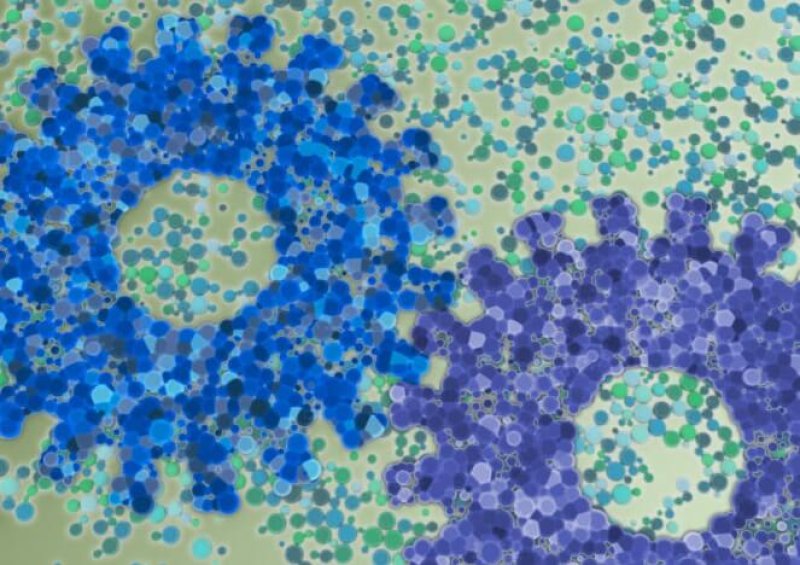The following is an edited excerpt.
The next industrial revolution could be biological. Think living machines that produce energy from landfill waste, biological sensors that detect dirty water or bacterial production lines that churn out drugs.
These are just some of the applications that synthetic biology – applying engineering principles to biological parts – could make possible. That goal is looking more likely now that, for the first time, researchers have established a set of rules that could allow parts to be assembled with industrial rigour. Libraries of these standardised high-quality parts will let engineers pick components knowing how they will behave.
Read the full article here: Quality control opens path to synthetic biology’s Ikea































